Introduction to Healthcare IT Trends
Importance of IT in Healthcare
Information technology (IT) plays a crucial role in the healthcare sector. It enhances the efficiency of healthcare services, improves patient outcomes, and streamlines operations. By integrating IT solutions, healthcare providers can manage patient data more effectively, facilitate communication, and ensure better coordination of care. The adoption of IT in healthcare also supports compliance with regulations and enhances data security, which is vital in protecting sensitive patient information.
The following table highlights key benefits of IT in healthcare:
| Benefit | Description |
|---|---|
| Improved Patient Care | IT systems enable better tracking of patient health records and treatment plans. |
| Enhanced Communication | IT facilitates real-time communication among healthcare providers, patients, and families. |
| Increased Efficiency | Automation of administrative tasks reduces paperwork and saves time. |
| Data Security | Advanced IT solutions protect patient data from breaches and unauthorized access. |
Overview of Emerging Trends
The healthcare landscape is rapidly evolving, driven by technological advancements and changing patient expectations. Several emerging trends are shaping the future of healthcare IT. These trends include telemedicine, artificial intelligence, electronic health records (EHR), wearable technology, and blockchain technology. Each of these innovations offers unique advantages and challenges, influencing how healthcare is delivered and experienced.
For a deeper understanding of these trends, young professionals considering private healthcare can explore the following topics:
- healthcare industry trends
- healthcare technology trends
- digital health trends
- emerging trends in healthcare industry
By staying informed about these healthcare IT trends, individuals can better navigate the evolving landscape of private healthcare and make informed decisions regarding their health and wellness.
Telemedicine Revolution
Definition and Scope of Telemedicine
Telemedicine refers to the use of technology to provide healthcare services remotely. This innovative approach allows patients to consult with healthcare professionals through video calls, phone calls, or messaging platforms. Telemedicine encompasses a wide range of services, including routine check-ups, specialist consultations, and mental health support.
The scope of telemedicine has expanded significantly, especially in recent years. It has become an essential component of the healthcare system, enabling access to medical care for individuals in remote areas or those with mobility challenges. Telemedicine also plays a crucial role in managing chronic conditions, allowing for continuous monitoring and timely interventions.
Benefits and Challenges of Healthcare IT Trends
Telemedicine offers numerous advantages that contribute to its growing popularity in the healthcare sector. However, it also presents certain challenges that need to be addressed.
Benefits
| Benefit | Description |
|---|---|
| Increased Access | Patients can receive care from the comfort of their homes, reducing travel time and costs. |
| Convenience | Scheduling appointments is often easier, with flexible options for consultations. |
| Cost-Effectiveness | Telemedicine can lower healthcare costs by reducing the need for in-person visits and hospitalizations. |
| Improved Patient Engagement | Patients are more likely to engage in their healthcare when they can easily access services. |
Challenges
| Challenge | Description |
|---|---|
| Technology Barriers | Not all patients have access to the necessary technology or internet connectivity. |
| Regulatory Issues | Varying state laws and regulations can complicate the delivery of telemedicine services. |
| Privacy Concerns | Ensuring the security of patient data during virtual consultations is critical. |
| Limited Physical Examination | Some conditions require in-person assessments, which telemedicine cannot provide. |
Telemedicine is a significant trend in the healthcare IT landscape, offering innovative solutions to improve patient care. For more insights into the evolving healthcare landscape, explore our articles on healthcare industry trends and emerging trends in healthcare industry.
Artificial Intelligence in Healthcare
Artificial Intelligence (AI) is rapidly transforming the healthcare landscape. Its applications are diverse, impacting various aspects of patient care and operational efficiency.
Applications of AI in Healthcare
AI technologies are being utilized in numerous ways within the healthcare sector. Some of the most notable applications include:
| Application | Description |
|---|---|
| Diagnostic Assistance | AI algorithms analyze medical images and data to assist healthcare professionals in diagnosing conditions more accurately. |
| Predictive Analytics | AI systems predict patient outcomes and potential health risks by analyzing historical data and trends. |
| Virtual Health Assistants | Chatbots and virtual assistants provide patients with information, schedule appointments, and answer common health-related questions. |
| Personalized Treatment Plans | AI analyzes individual patient data to recommend tailored treatment options, enhancing the effectiveness of care. |
| Drug Discovery | AI accelerates the drug development process by identifying potential compounds and predicting their effectiveness. |
These applications demonstrate how AI is enhancing the efficiency and accuracy of healthcare services. For more insights into the latest developments, refer to our article on emerging trends in the healthcare industry.
Impact on Patient Care
The integration of AI in healthcare has significant implications for patient care. The following points highlight its impact:
| Impact Area | Description |
|---|---|
| Improved Accuracy | AI reduces human error in diagnostics, leading to more accurate treatment plans and better patient outcomes. |
| Enhanced Efficiency | Automation of routine tasks allows healthcare professionals to focus on patient care, improving overall service delivery. |
| Increased Accessibility | AI-powered tools can provide healthcare information and support to patients in remote areas, enhancing access to care. |
| Cost Reduction | By streamlining processes and improving outcomes, AI can help lower healthcare costs for both providers and patients. |
| Empowered Patients | AI tools enable patients to take a more active role in their healthcare decisions through personalized insights and recommendations. |
The influence of AI on patient care is profound, making it a key component of current healthcare IT trends. As young professionals consider private healthcare options, understanding these advancements is essential for making informed decisions about their health and wellness.
Electronic Health Records (EHR)
The implementation of Electronic Health Records (EHR) systems is a significant trend in the healthcare industry. These digital records streamline the management of patient information and enhance the overall efficiency of healthcare delivery.
Advantages of EHR Systems
EHR systems offer numerous benefits that improve patient care and operational efficiency. Some of the key advantages include:
| Advantage | Description |
|---|---|
| Improved Accessibility | Healthcare providers can access patient records from anywhere, facilitating better coordination of care. |
| Enhanced Accuracy | Digital records reduce the risk of errors associated with handwritten notes, ensuring that patient information is accurate and up-to-date. |
| Streamlined Workflow | EHR systems automate administrative tasks, allowing healthcare professionals to focus more on patient care. |
| Better Data Sharing | EHRs enable seamless sharing of patient information among different healthcare providers, improving continuity of care. |
| Increased Patient Engagement | Patients can access their own health records, fostering greater involvement in their healthcare decisions. |
These advantages contribute to the growing adoption of EHR systems across various healthcare settings. For more insights into the evolving landscape of healthcare technology, refer to our article on healthcare technology trends.
Enhancing Patient Data Management
Effective patient data management is crucial for delivering high-quality healthcare. EHR systems play a vital role in enhancing this aspect by providing a centralized platform for storing and managing patient information. Key features that support improved data management include:
| Feature | Benefit |
|---|---|
| Comprehensive Patient Profiles | EHRs compile all relevant patient information, including medical history, medications, and allergies, into a single profile. |
| Real-Time Updates | Healthcare providers can update patient records in real-time, ensuring that all team members have access to the latest information. |
| Data Analytics | EHR systems can analyze patient data to identify trends, improve treatment plans, and enhance overall healthcare outcomes. |
| Secure Data Storage | EHRs utilize advanced security measures to protect sensitive patient information from unauthorized access. |
By leveraging these features, healthcare organizations can significantly improve their data management practices. For further exploration of emerging trends in the healthcare industry, check out our article on emerging trends in healthcare industry.
Wearable Technology in Healthcare
Wearable technology is becoming increasingly significant in the healthcare sector. These devices, which can be worn on the body, play a crucial role in monitoring health and enhancing patient engagement.
Role of Wearables in Monitoring Health
Wearable devices, such as fitness trackers and smartwatches, are designed to collect various health metrics. They can monitor heart rate, physical activity, sleep patterns, and even blood oxygen levels. This real-time data collection allows individuals to gain insights into their health and wellness.
The following table illustrates some common health metrics tracked by wearable devices:
| Health Metric | Description |
|---|---|
| Heart Rate | Monitors beats per minute |
| Steps Taken | Counts daily physical activity |
| Sleep Quality | Analyzes sleep duration and patterns |
| Blood Oxygen Levels | Measures oxygen saturation in blood |
These devices not only empower users to take charge of their health but also provide valuable data to healthcare providers. This information can be used to tailor treatment plans and monitor chronic conditions more effectively. For more insights on how technology is shaping healthcare, explore our article on healthcare technology trends.
Improving Patient Engagement
Wearable technology enhances patient engagement by fostering a proactive approach to health management. Patients can set personal health goals, track their progress, and receive reminders for medication or appointments. This level of engagement encourages individuals to take an active role in their healthcare journey.
Additionally, many wearable devices offer connectivity features that allow users to share their health data with healthcare professionals. This seamless communication can lead to more informed decision-making and improved patient outcomes.
The following table highlights the benefits of increased patient engagement through wearables:
| Benefit | Description |
|---|---|
| Increased Awareness | Users become more conscious of their health habits |
| Better Communication | Facilitates dialogue between patients and providers |
| Enhanced Motivation | Goal tracking encourages healthier lifestyle choices |
As wearable technology continues to evolve, its impact on patient engagement and health monitoring will likely grow. For further exploration of emerging trends in the healthcare industry, check out our article on emerging trends in healthcare industry.
Blockchain Technology in Healthcare
Blockchain technology is emerging as a transformative force in the healthcare sector. Its unique features offer solutions to some of the most pressing challenges faced by the industry today, particularly in data security and interoperability.
Utilization of Blockchain for Data Security
One of the primary advantages of blockchain technology is its ability to enhance data security. In healthcare, patient data is sensitive and must be protected from unauthorized access and breaches. Blockchain provides a decentralized and encrypted system for storing health records, making it significantly more difficult for hackers to manipulate or steal information.
The following table illustrates the key features of blockchain that contribute to data security in healthcare:
| Feature | Description |
|---|---|
| Decentralization | Data is stored across a network of computers, reducing the risk of a single point of failure. |
| Encryption | Information is encrypted, ensuring that only authorized users can access it. |
| Immutability | Once data is recorded on the blockchain, it cannot be altered or deleted, providing a permanent record. |
| Transparency | All transactions are visible to authorized users, promoting accountability and trust. |
These features collectively enhance the security of patient data, making blockchain a valuable tool in the fight against healthcare data breaches. For more insights into the evolving landscape of healthcare technology, refer to our article on healthcare technology trends.
Enhancing Interoperability in Healthcare IT Trends
Interoperability is a significant challenge in healthcare, as different systems often struggle to communicate with one another. Blockchain technology can facilitate seamless data exchange between various healthcare providers and systems, improving patient care and coordination.
By utilizing a shared blockchain network, healthcare organizations can access and share patient information in real-time, regardless of the system they use. This capability can lead to more accurate diagnoses, timely treatments, and better overall patient outcomes.
The following table highlights the benefits of blockchain in enhancing interoperability:
| Benefit | Description |
|---|---|
| Real-time Data Sharing | Enables instant access to patient records across different healthcare providers. |
| Standardization | Promotes the use of standardized data formats, making it easier to share information. |
| Reduced Administrative Burden | Minimizes paperwork and manual data entry, allowing healthcare professionals to focus on patient care. |
| Improved Care Coordination | Facilitates collaboration among healthcare teams, leading to more comprehensive care. |
As the healthcare industry continues to evolve, the integration of blockchain technology may play a crucial role in addressing interoperability challenges. For further exploration of emerging trends in the healthcare industry, check out our article on emerging trends in healthcare industry.
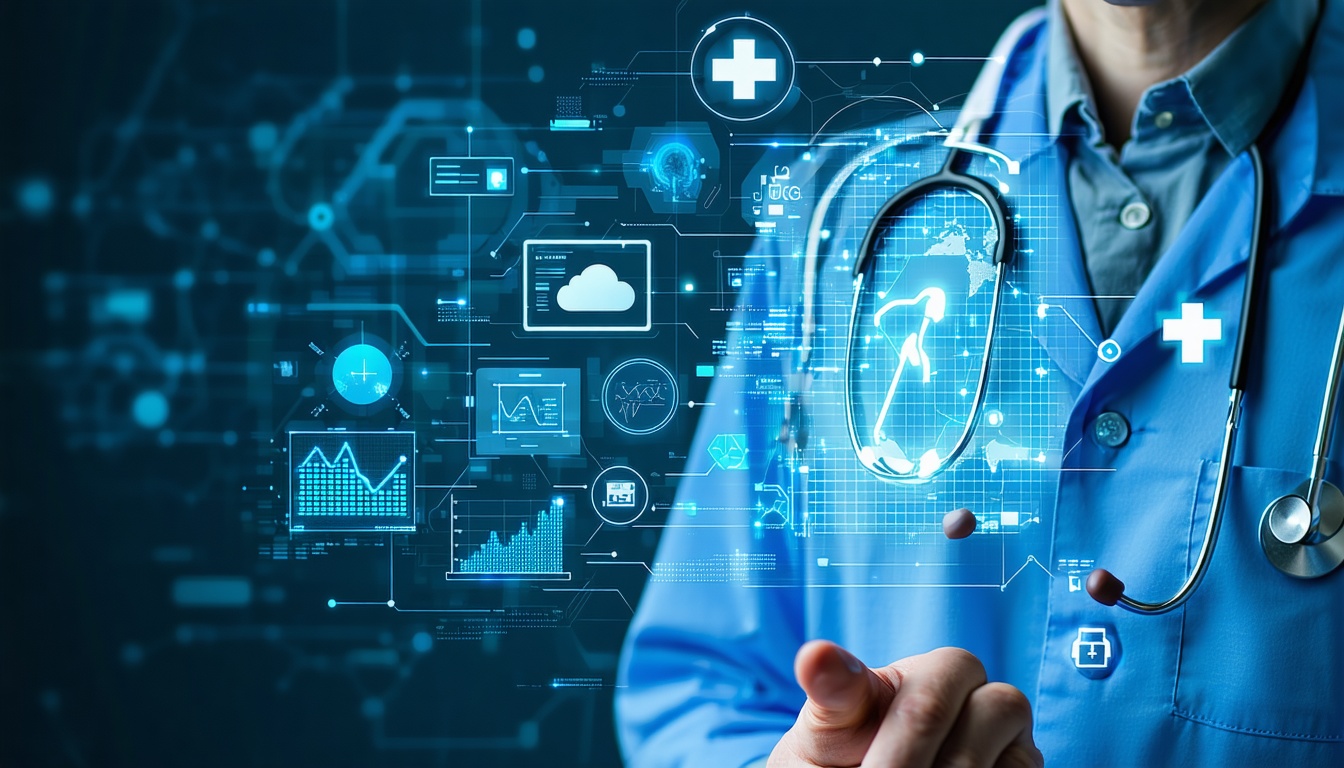
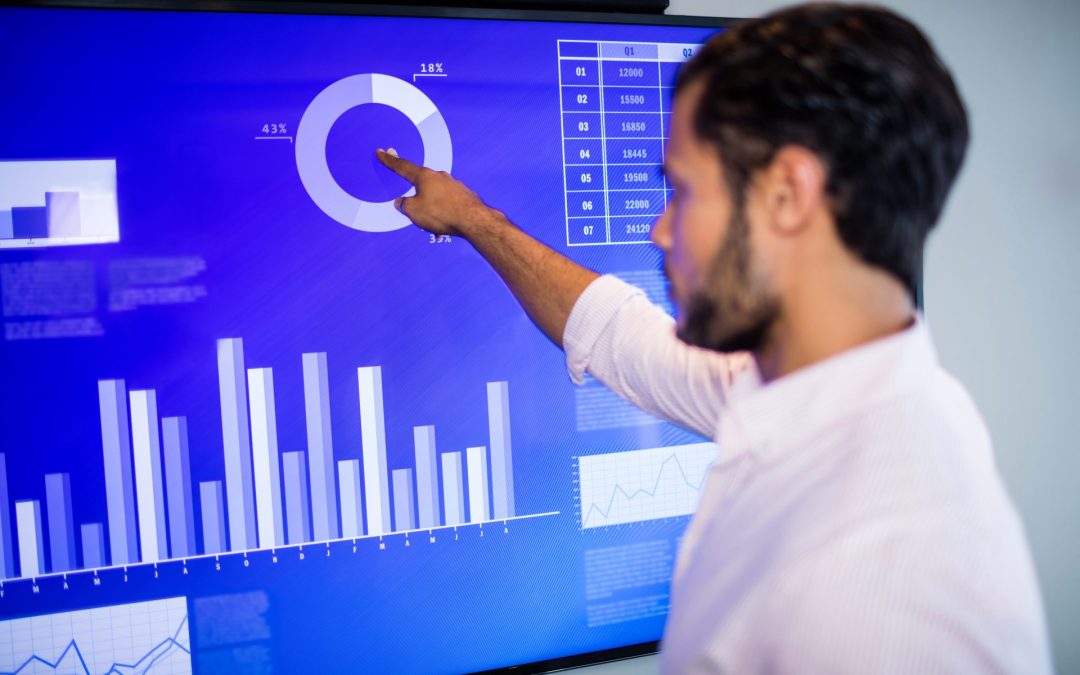
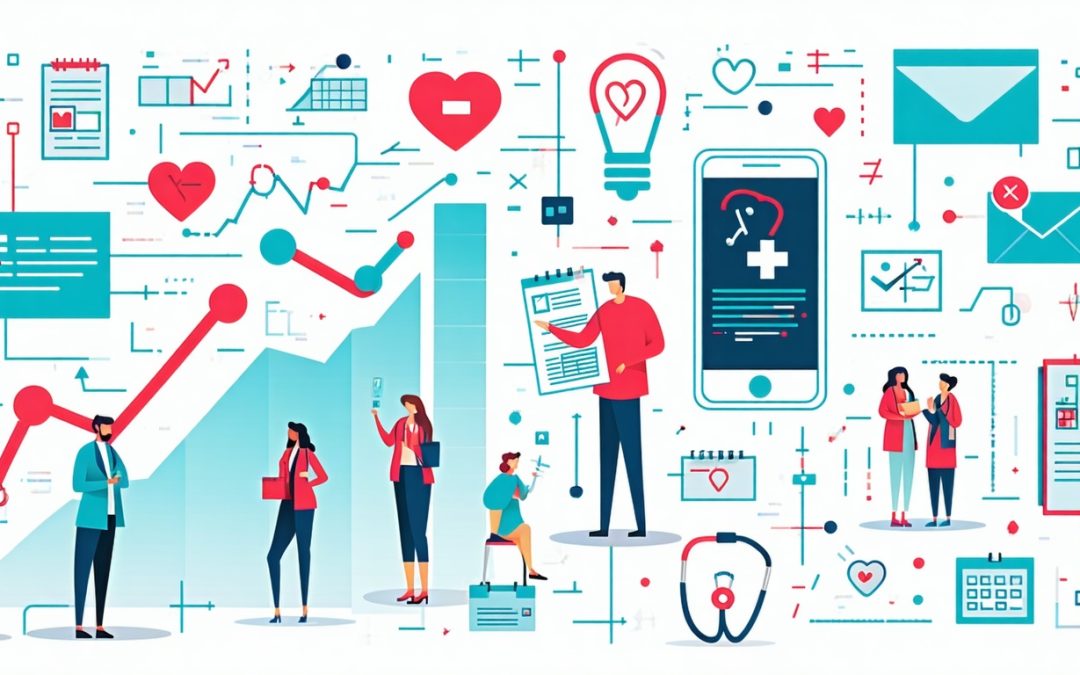
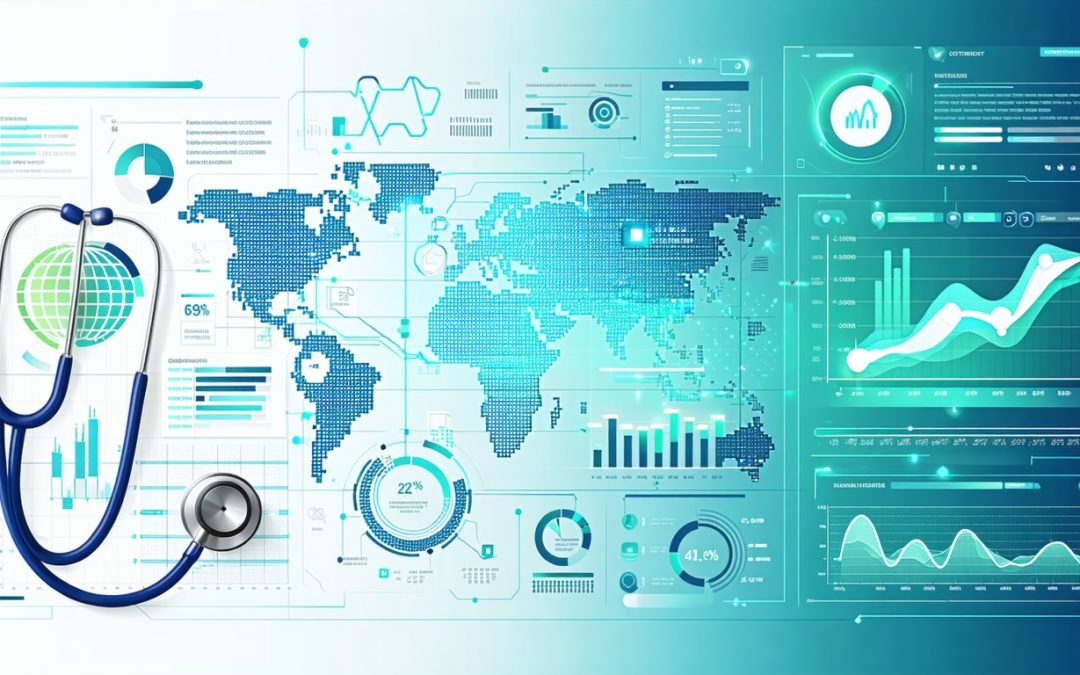
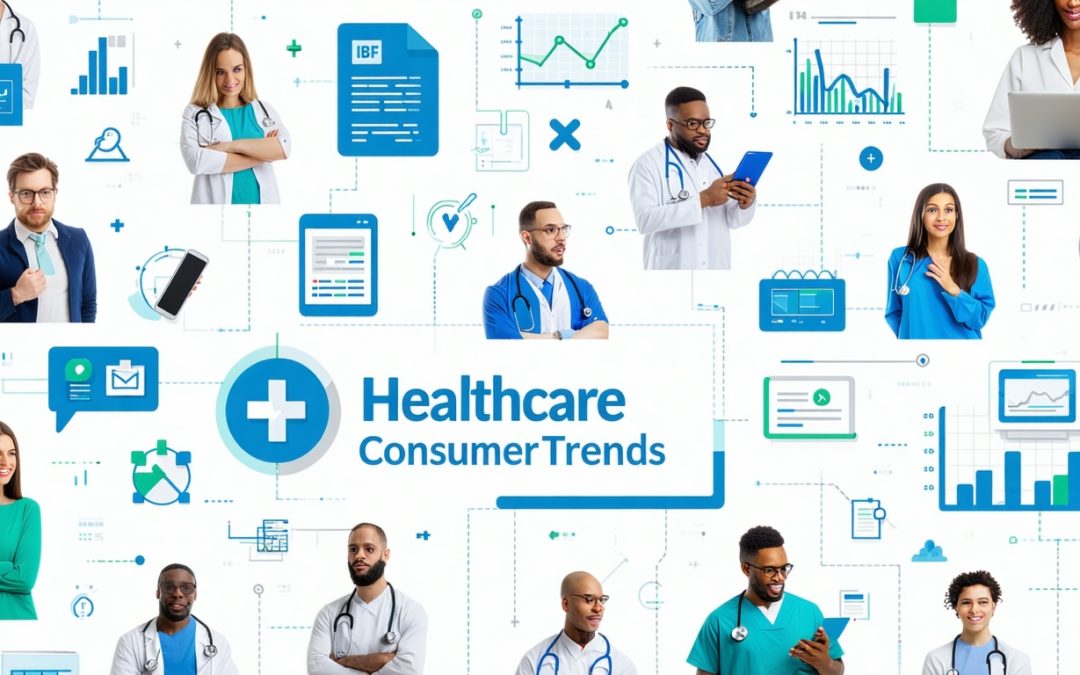
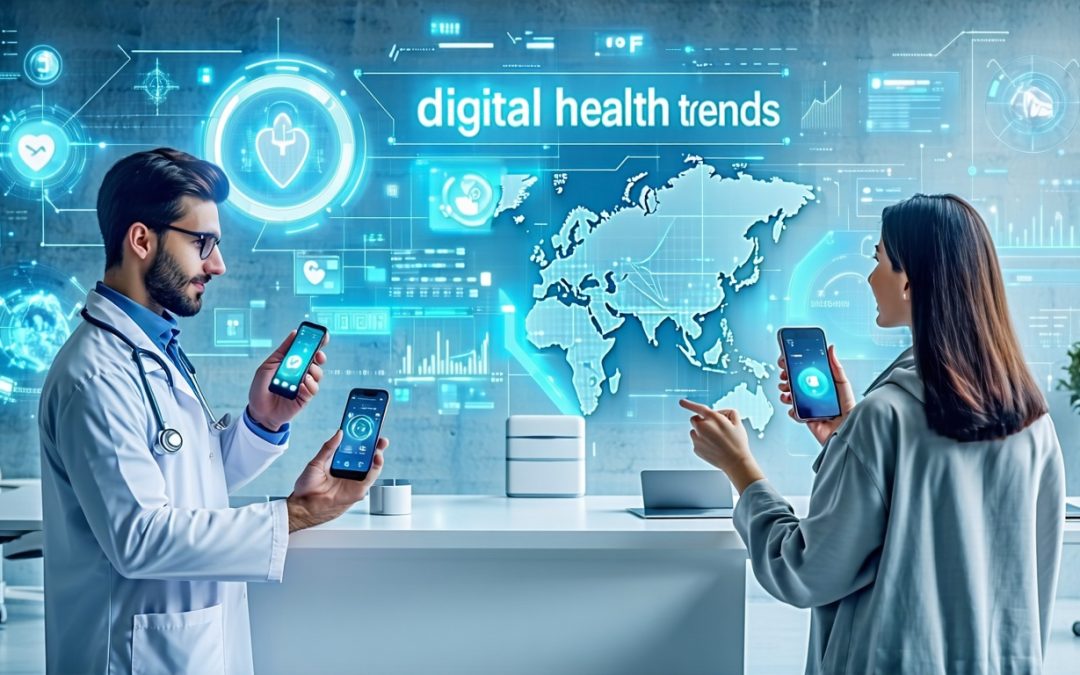
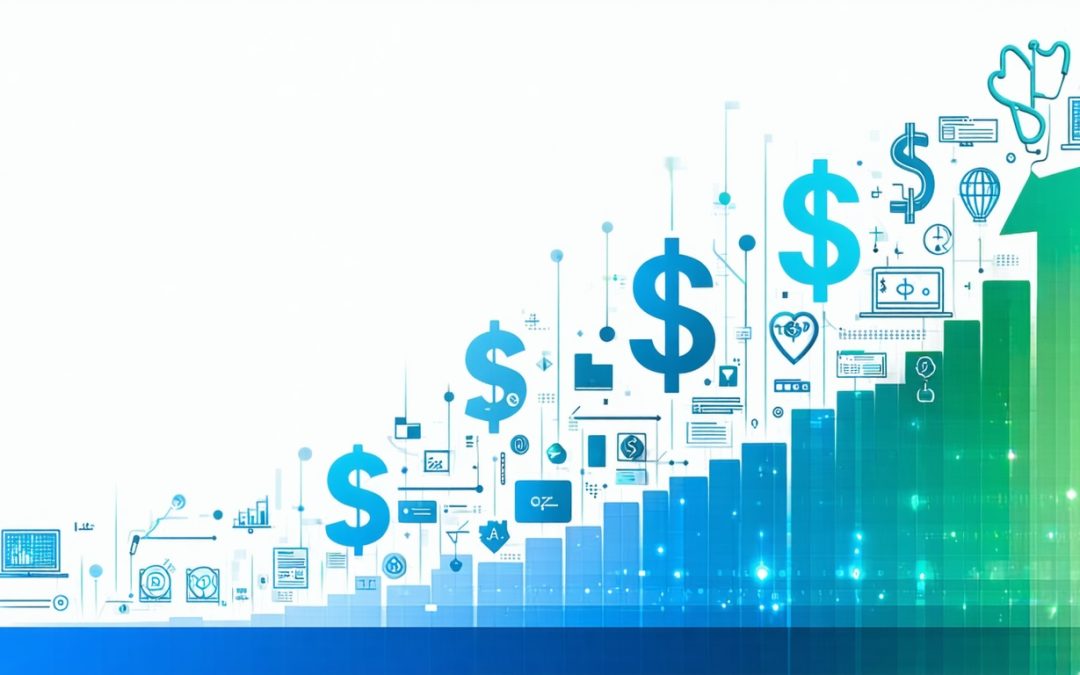





0 Comments